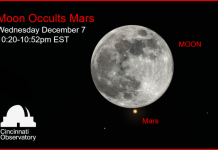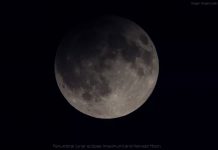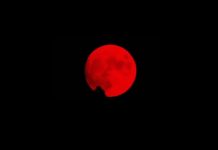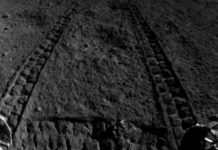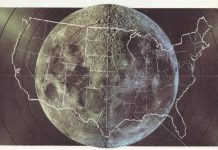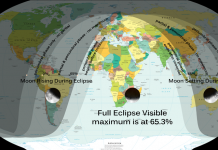The following pictures present night views of the Persian Gulf region taken on September 30 (full Moon), October 5 (Half Moon), October 10 (3 Quarters Moon), and October 15 (New Moon), 2012 from The Visible Infrared Imaging Radiometer Suite (VIIRS) which is used to observe signals such as gas flares, auroras, wildfires, city lights, and reflected moonlight.
The light of the Moon makes a difference: with the decrease of the moonlight, land surface features become harder to detect, and lights from cities and ships become more obvious (urban areas, highways).
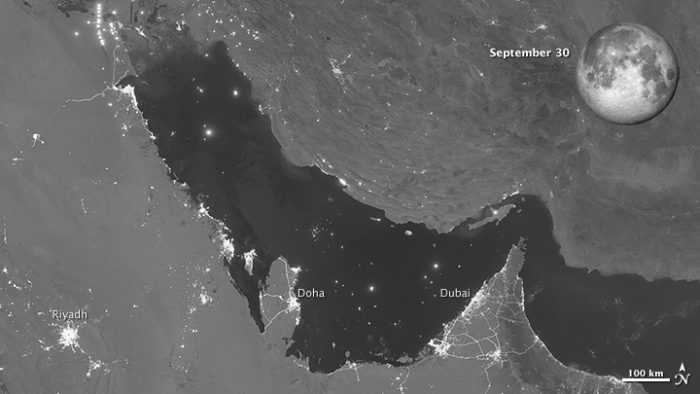
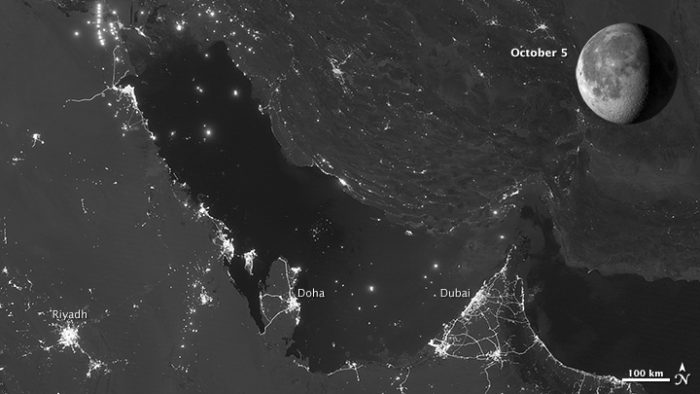
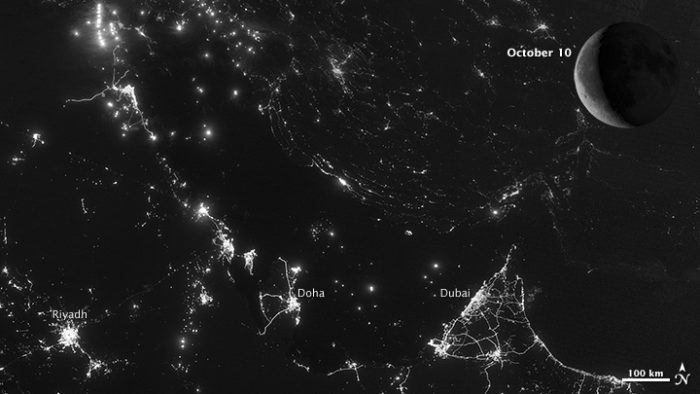
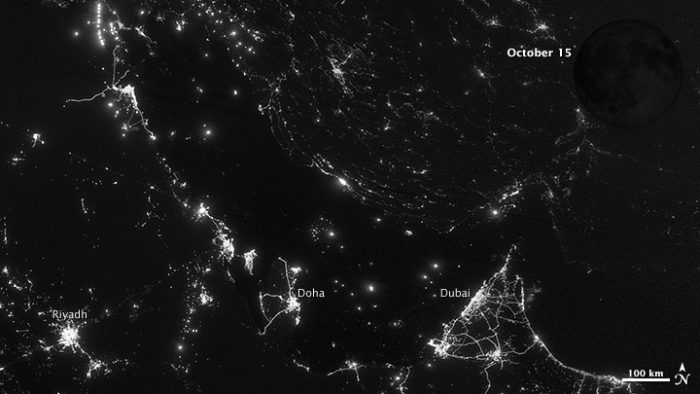
Did you know that in the eighteenth-century England, a small group of entrepreneurs, inventors and free thinkers started a club, the so-called Lunar Society. These “lunaticks” always met on full Moon not because of weird superstitions but based on practicality. Indeed, in the days before electricity, the moonlight made it easier to see each other’s faces.



